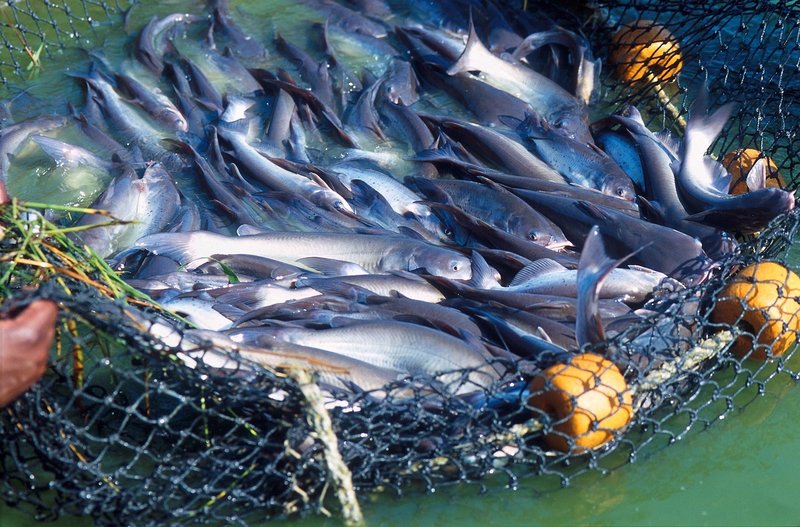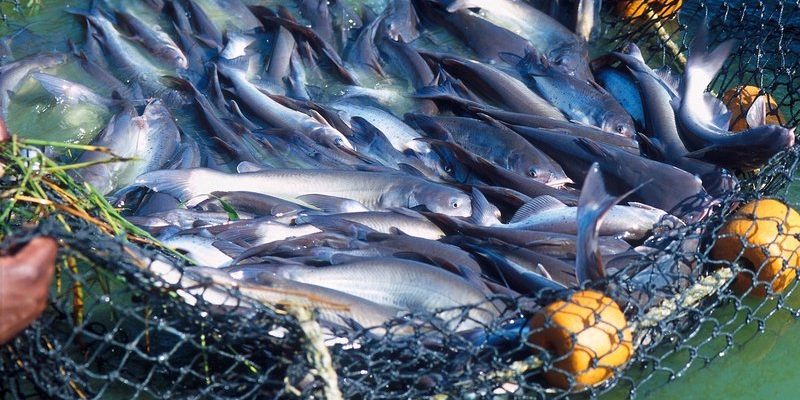
Let’s delve into the world of catfish farming—understanding the costs involved, what you can expect in terms of returns on investment (ROI), and whether this venture could be a smart financial move. Here’s the thing: catfish farming can be pretty rewarding, not just as a hobby but as a viable business, if you tackle it with the right knowledge and planning.
Understanding the Basics of Catfish Farming
Before jumping into the nitty-gritty of costs and potential profits, let’s get a grasp on what catfish farming actually entails. At its core, catfish farming is about breeding and raising catfish in controlled environments, such as ponds or tanks, primarily for food. There are different types of catfish; however, channel catfish is the most commonly farmed variety due to its fast growth and mild flavor.
You might be wondering what factors contribute to the overall profitability of catfish farming. Well, it’s not just about raising fish; it’s also about managing resources effectively, understanding market demand, and knowing your competition. A well-run farm can yield healthy fish that fetch a good price, but managing it comes with its own set of challenges.
The Initial Investment: What You’ll Need
Starting a catfish farm isn’t quite like setting up a lemonade stand—there’s a bit more to it. The initial investment can vary based on the scale of your operation and the environment you choose. Here’s a breakdown of some typical startup costs:
- Land: Depending on the location, the price can range widely. You might need several acres for ponds or tanks.
- Equipment: This includes aerators, feeders, nets, and more. Quality equipment is essential for maintaining healthy fish.
- Fish Stock: Fingerlings (young fish) usually cost around $0.10 to $0.50 each, and you’ll need a lot to get started.
- Water Source: Ensure you have a reliable source of fresh water, which might require additional equipment.
You’ll want to budget anywhere from a few thousand to tens of thousands of dollars. Honestly, it’s essential to do your research and create a detailed business plan to understand these costs.
Operating Costs: The Day-to-Day Expenses
Once you’ve got the ball rolling, you’ll face ongoing operating costs that can significantly affect profitability. Here’s what you need to consider on a regular basis:
- Feed: Catfish love to eat, and feed typically comprises about 50% of your total costs. Expect to spend around $0.30 to $0.50 per pound of feed.
- Labor: If you hire help, salaries will eat into your budget. Even if you go solo, it’s wise to consider the time you’ll invest.
- Utilities: Water and electricity costs for running aerators and pumps can add up, especially in larger setups.
- Maintenance: Keeping your equipment and ponds in good condition is crucial. Regular maintenance will help prevent bigger, costlier problems later on.
Keeping a close eye on these expenses will help you manage your budget better and ensure that the farm runs smoothly.
Analyzing Revenue: How Much Can You Expect to Earn?
Now, let’s get to the juicy part—how much can you actually earn from catfish farming? Once your fish are ready for harvest, you’ll sell them primarily to wholesalers, restaurants, and local markets. The average market price for catfish is around $1.00 to $2.00 per pound, depending on your region and the market dynamics.
For example, if you raise 5,000 pounds of catfish and sell them at $1.50 per pound, you’re looking at a gross income of about $7,500. However, remember that you’ll need to deduct your costs (both initial investments and operating expenses). So, after expenses, what remains? That’s your net profit.
Here’s a simple breakdown of potential profits:
- Average Revenue: $7,500 from 5,000 pounds sold at $1.50 each.
- Estimated Costs: Depending on your scale and efficiency, these could range from $3,000 to $5,000.
- Potential Profit: After deducting costs, you might walk away with $2,500 to $4,500 per cycle.
It’s important to note that profits can vary year by year, influenced by factors like market demand, feed prices, and the health of your fish.
Return on Investment (ROI): Crunching the Numbers
Understanding your ROI is crucial to determine if catfish farming is worth your time and money. ROI measures how effectively you can turn an investment into profit. To calculate it, use the formula:
ROI = (Net Profit / Total Investment) x 100
Let’s do a quick example:
– If your total investment is $10,000 and your net profit for the first year is $3,000, your ROI would be:
ROI = ($3,000 / $10,000) x 100 = 30%
A 30% ROI is promising! However, it’s important to be prepared for variability. Some years may be better than others, but with careful planning, you can work towards a sustainable return over time.
Challenges and Considerations in Catfish Farming
While catfish farming sounds inviting, it’s essential to remember that it comes with its own set of challenges. Here are a few hurdles you might face:
- Environmental Factors: Weather can impact your fish health and growth rates. Droughts or heavy rains can affect your ponds.
- Disease Management: Fish farms are susceptible to diseases, which can mean added costs for treatments or losses if not managed properly.
- Market Fluctuations: Prices for catfish can drop or rise based on demand, competition, or economic factors. Being agile and adapting to market changes is key.
Having a solid plan for dealing with these challenges will set you up for success. Honestly, adaptability is crucial in the farming world, and being proactive will help ensure you stay profitable.
Final Thoughts on Catfish Farming Profitability
So, is catfish farming profitable? The answer is, it can be! With the right investments, careful planning, and a little bit of patience, you can turn your fish farming into a lucrative venture. Remember to consider all costs, manage your resources wisely, and keep an eye on market trends.
Just like any business, success doesn’t come overnight, but with commitment and a strategic approach, the rewards can be well worth the effort. So, if you’re ready to dive in, go for it! The world of catfish farming might just be the perfect adventure for you.

